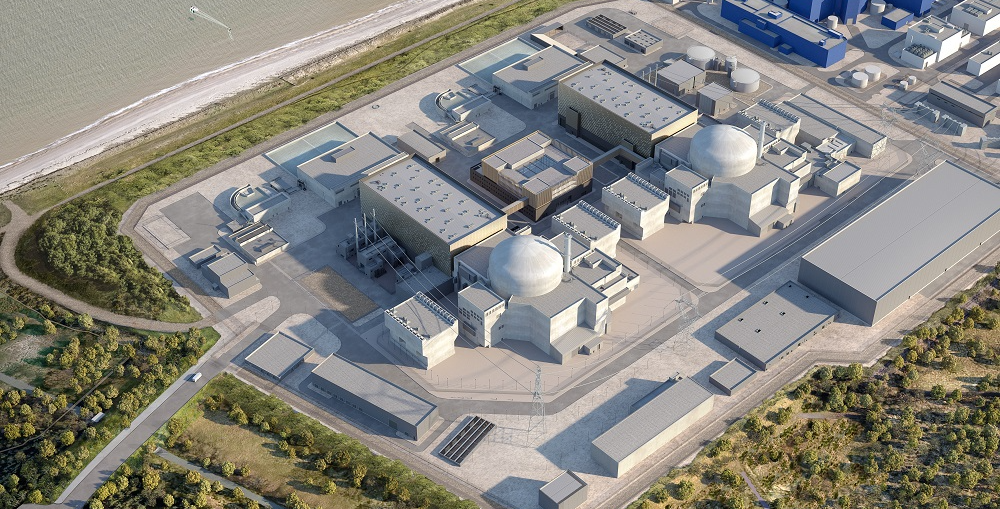DFIs urged to scale up blended finance
In order to crowd-in more private sector investment, DFIs need to increase their levels of blended finance in low-income countries and provide a wider array of de-risking instruments, said panellists at the recent Global Infrastructure Forum hosted by the EBRD.

Development finance institutions (DFIs) need to provide more blended finance in low-income countries, as well as offer more innovative de-risking instruments, if they’re going to crowd-in sufficient private sector funding to make a dent in the world’s vast infrastructure funding gap, said panellists at the recent Global Infrastructure Forum hosted by the EBRD.
The private sector continues to shy away from funding infrastructure in emerging markets, particularly in low-income countries, because of the perceived risk involved in projects. The total volume of infrastructure transactions in developing countries with private sector involvement has remained stuck at around $100 billion for the last five years, and the volume in low-income countries has not reached $10 billion in each of the last seven years.
“Despite the billions to trillions vision, much discussion of blended finance, much effort by the development finance institutions, we’re not seeing enough return in private finance for infrastructure to achieve the UN’s sustainable development goals,” said Nancy Lee, senior policy fellow at the Center for Global Development, on the Reducing the Global Infrastructure Investment Gap online panel discussion.
‘A drop in the ocean’
The global infrastructure funding gap stands at $15 trillion until 2040, according to the Global Infrastructure Hub, and is expected to grow in the medium term. Even though the Covid-19 pandemic is dampening investment appetite in the short-term, there’s a growing interest in infrastructure assets as investors look to diversify their portfolios.
Investment opportunities within the infrastructure sector can meet these expectations in terms of deal size and financial returns, but various challenges relating to de-risking still need to be addressed to multiply the investments. DFIs like multilateral development banks (MDBs) play an important role as catalysts for investments, as investors often appreciate their expertise and political influence in risky new investments.
Blended finance is the strategic use of development finance and philanthropic funds to mobilise private capital flows to frontier markets. Blended finance co-investments help challenging infrastructure projects reach financial close by de-risking pioneering projects and helping to rebalance their risk-return expectations for private investors.
The blended finance market has grown rapidly in the last ten years, albeit from a low base, but “it’s frankly a drop in the ocean in terms of the actual funding needs in developing economies,” said Fathima Hussain, Europe project finance head at Standard Chartered. “And actually only about a quarter of the funding being provided today is targeting low-income countries; that’s really where the bulk of future investment solutions need to focus.”
Standard Chartered estimates that $4 trillion of investment is needed across emerging markets just to achieve universal access to electricity, and $10 trillion when accounting for broader infrastructure requirements such as universal access to clean water.
Part of the reason that blended finance isn’t having more of an impact is because it remains a small share of DFI transactions — about 6% in 2018. The entire volume of concessional finance committed as part of DFI blended finance transactions for all sectors, including infrastructure, was just a little over $1 billion in 2018.
Need for more innovative de-risking tools
But it also makes a difference how those concessional resources are deployed. Says Lee: “The overall problem is risk, but we need to distinguish very carefully between risk mitigation or reduction and risk sharing or transfer. And that distinction is particularly important for infrastructure. We need more blended finance in the form of supporting instruments like equity, guarantees, and subordinated-debt.”
Senior debt accounts for 60% of concessional finance committed by instruments in DFI blended finance transactions. But to make projects bankable, funding tools like equity, subordinated debt and first-loss guarantees play key roles in filling gaps in the capital stack. These instruments are risky and can lower DFI risk-adjusted returns, especially in the short-term, and particularly in the Covd-19 era. But Lee suggests DFIs would benefit from creating off balance-sheet vehicles to deploy these instruments in ways that manage those risks.
“I think shareholders should give serious consideration now, in our current environment, to capitalising such off balance sheet vehicles in ways that stretch DFI balance sheets and the range of bankable projects, but also significantly increase the amount of private finance mobilised,” she says.
Blended finance is definitely part of the solution, but there’s an urgent need to find more innovative tools to tackle the problem, agrees Hussain. “We need tools from the public sector that better crowd-in investment‚ particularly from institutional investors; ones that provide direct mitigation, such as with some guarantee and insurance products.”





